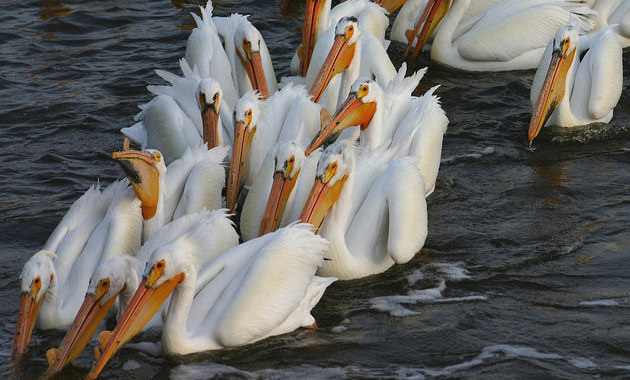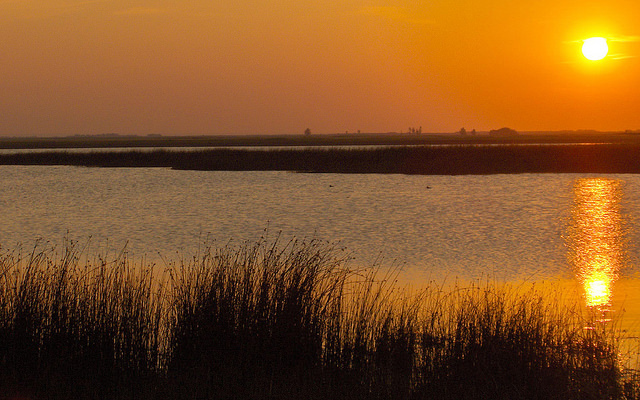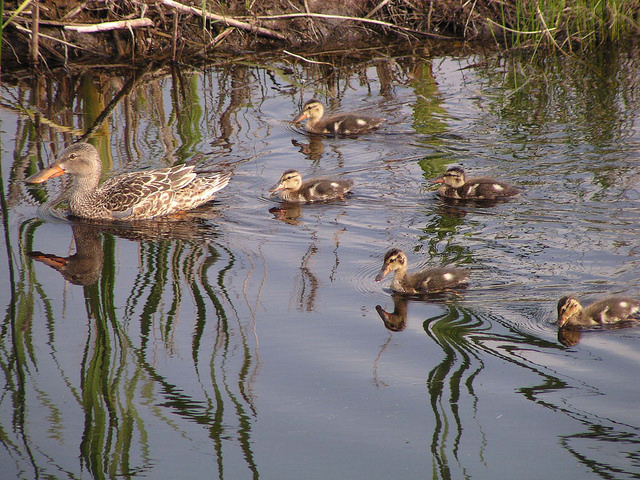Spend a weekend relaxing in Watrous with a trip to the Last Mountain Lake National Wildlife Area
Last Mountain Lake National Wildlife Area is in the heart of the central flyway for North America

The town of Watrous is located approximately 110 kilometres southeast of Saskatoon and 175 kilometres northwest of Regina, making it the perfect weekend getaway for residents in either of Saskatchewan’s largest cities. Just north of Watrous is the resort village of Manitou Beach on Little Manitou Lake, known for its healing saltwater. South of Watrous is the Last Mountain Lake National Wildlife Area and Migratory Bird Sanctuary (LML NWA/MBS). The bird sanctuary was the first federal sanctuary in North America, established in 1887 by Sir John A. Macdonald and his cabinet.
Originally 1,025 hectares of land at the north end of Last Mountain Lake was set aside as a breeding ground for wildfowl in 1887. A century later, the NWA was designated surrounding the MBS, protecting a combined total of approximately 14,000 hectares of wildlife habitat. “More recently, Last Mountain Lake National Wildlife Area has been designated as a ‘Wetland of International Importance’ along with 30 other sites in Canada and over 700 locations worldwide,” said Kerry Hecker, the protected areas manager for the LML NWA/MBS. “Two main factors contribute in attracting such a wealth of bird life to the area: its good habitats and its strategic location in the heart of the Central Flyway of North America.”

The sheer number of birds in the MBS during migration is nothing short of spectacular. “Over 300 species of birds have been recorded at Last Mountain Lake during migration. Up to 50,000 sandhill cranes, 500,000 geese and several hundred thousand ducks may be observed when migration peaks,” said Hecker. Aside from the wildfowl, there are also large numbers of songbirds, shorebirds and birds of prey in the area. “The National Wildlife Area is also an important breeding ground for over 100 species of birds, many of which are unique to the Prairie region,” said Hecker.

While it is likely you will have a successful bird viewing no matter when you visit, there are times that are better than others. “In the spring and summer, breeding birds are most prevalent at LML NWA/MBS, so breeding plumage and territorial displays are easily seen. In early spring and fall, migrating birds are most obvious; the fall is when they stop through and 'fuel up' or feed in the area for a longer time. Late August and early September are good for seeing sandhill cranes and maybe the elusive whooping crane, and late September through October is the best time to see spectacular flocks of migrating geese and ducks,” said Hecker. The best time of day for viewing is of course dawn and dusk when the winds are calm and the temperatures are cool.
The best way to view the wildlife is on foot on the various paths throughout the NWA/MBS, but it is possible to do it by car as well. Don’t forget your binoculars!






